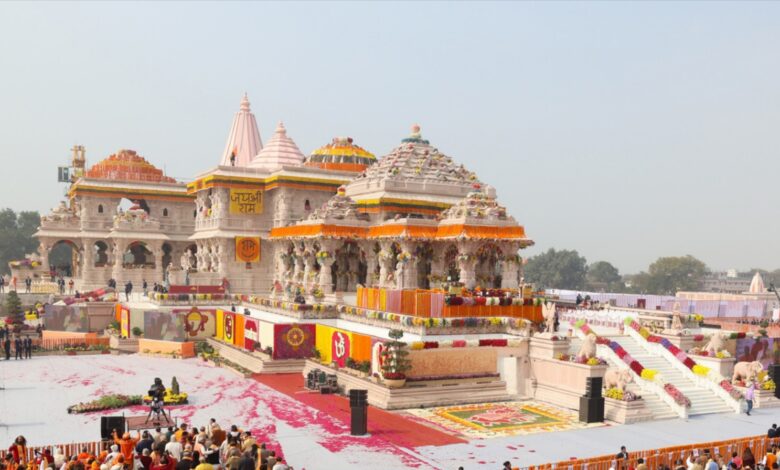
India, a land steeped in spirituality and rich cultural heritage, is adorned with thousands of temples dedicated to various deities in the Hindu pantheon. These temples serve as not just places of worship but also as architectural marvels, reflecting the diverse cultural and religious tapestry of the nation. From the towering gopurams of the South to the intricately carved spires of the North, each temple tells a story of devotion, artistry, and ancient wisdom.
The architectural styles of Hindu temples vary greatly across the subcontinent, owing to regional influences and historical periods. In the southern state of Tamil Nadu, the Dravidian style temples dominate the landscape. These temples, characterized by towering gateways (gopurams) adorned with intricate sculptures of gods, goddesses, and mythical creatures, exemplify the intricate craftsmanship of the Chola, Pandya, and Pallava dynasties. Temples like the Brihadeeswarar Temple in Thanjavur and the Meenakshi Amman Temple in Madurai stand as timeless monuments to South Indian architecture.
Moving northwards, the Nagara style of temple architecture takes precedence, particularly in states like Rajasthan, Gujarat, and Uttar Pradesh. These temples are characterized by their curved shikharas (spires) and intricate carvings depicting scenes from Hindu mythology. The renowned Kashi Vishwanath Temple in Varanasi and the Dilwara Temples in Mount Abu exemplify the grandeur of Nagara architecture, drawing devotees and tourists alike from all corners of the globe.
Amidst the serene landscapes of Karnataka and Maharashtra lie the Hoysala and Chalukya temples, renowned for their exquisite craftsmanship and intricate sculptures. The Chennakesava Temple in Belur and the Kailasanathar Temple in Ellora are prime examples of the architectural finesse of these dynasties, reflecting a harmonious blend of spirituality and artistry.
Apart from their architectural splendor, Hindu temples serve as cultural and spiritual hubs, hosting a myriad of rituals, festivals, and traditions that have been preserved for centuries. From the vibrant festivities of Navratri in Gujarat to the grand processions of Rath Yatra in Odisha, each temple has its own unique cultural identity, contributing to the tapestry of India’s diverse religious landscape.
Furthermore, Hindu temples often serve as centers of community life, providing not only spiritual solace but also social cohesion. They serve as platforms for philanthropic activities such as feeding the needy (annadanam) and providing shelter to pilgrims. Many temples also run educational institutions and hospitals, embodying the Hindu ethos of seva (selfless service) and compassion.
However, the significance of Hindu temples extends beyond religious and cultural realms. They are also repositories of ancient knowledge, housing scriptures, manuscripts, and inscriptions that offer insights into various aspects of Indian civilization, including art, science, philosophy, and governance. The intricate carvings and inscriptions found in temples serve as valuable historical artifacts, shedding light on bygone eras and civilizations.
In recent times, efforts have been made to preserve and restore these architectural treasures, ensuring that future generations can continue to marvel at their beauty and significance. Government initiatives, coupled with the support of philanthropists and heritage enthusiasts, aim to safeguard these temples for posterity, recognizing their importance not only as religious landmarks but also as symbols of India’s rich cultural heritage.
In conclusion, Hindu temples in India stand as timeless monuments to faith, art, and culture. From the majestic temples of the South to the ornate shrines of the North, each temple offers a glimpse into the spiritual and artistic legacy of the subcontinent. As custodians of tradition and bearers of ancient wisdom, these temples continue to inspire awe and reverence, serving as beacons of light in an ever-changing world.






